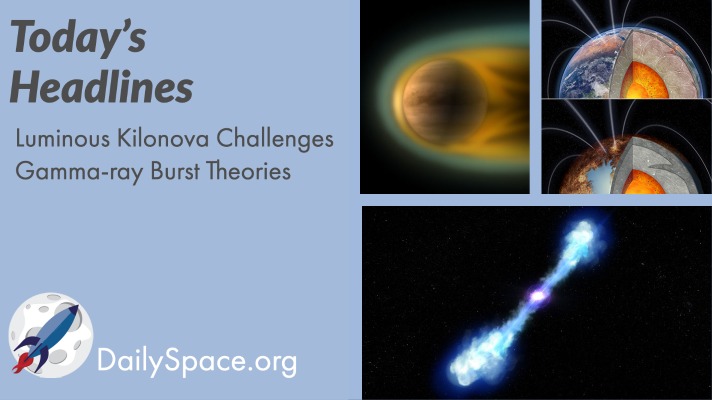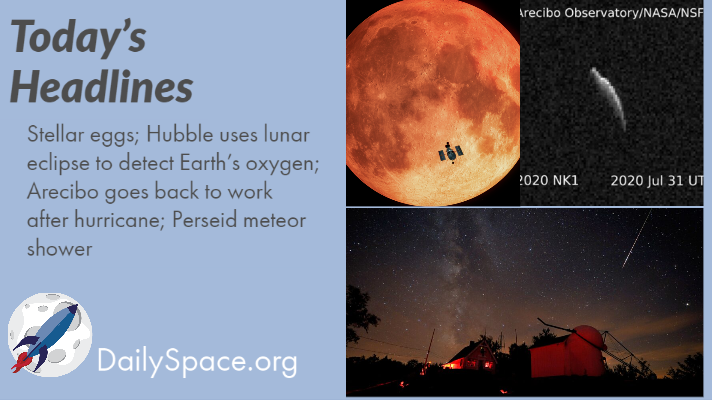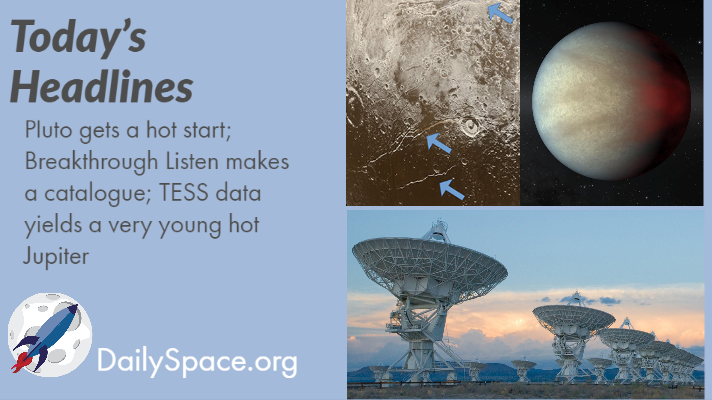


First Brown Dwarf Discovered Using Radio Observations
We’re back! Today we’re bringing you all the latest news, from a fast radio burst in our galaxy to the first brown dwarf discovered using radio telescopes. And telescopes are the hot topic today: using them, renaming them, and sadly, breaking them. Plus the Atacama Desert and Martian life, Europa’s glow, and a roundup of recent planetary science stories.

Planetary Pandemonium: All the planetary stories that were NOT about Venus
While Venus has dominated the news cycle this week, scientists were publishing papers on other planets, both within our solar system and without. We look at a warm Jupiter orbiting a cool star, the composition of Uranus’ moons (save your jokes for the Q&A), and how life may be hard to detect on Mars. Plus Hubble has released a brand new image of Jupiter with Europa, and they are gorgeous.

Phosphine found in Venus clouds leads to more questions
Join us today as we continue our coverage of this morning’s big news that researchers at multiple institutions found the molecule phosphine in the clouds of Venus. While this news is not confirmation of life, it is an exciting possibility for further research.

Stellar eggs; Hubble uses lunar eclipse to detect Earth’s oxygen; Arecibo goes back to work after hurricane; Perseid meteor shower
Join us today for news about the evolution of stellar eggs. Additionally, Hubble takes advantage of a lunar eclipse to probe our atmosphere. Then we celebrate Arecibo reopening after Hurricane Isaias and doing more science. Plus it’s time for the Persieds!

Pluto gets a hot start; Breakthrough Listen makes a catalogue; TESS data yields a very young hot Jupiter
Join us today as we look at New Horizons images of Pluto for evidence of how the planet’s icy ocean formed. We also discuss Breakthrough Listen’s announcement of a new catalogue of “exotic” targets. And finally, we share the news that a very young hot Jupiter close to its star was found in TESS data.


 We record most shows live, on Twitch. Follow us today to get alerts when we go live.
We record most shows live, on Twitch. Follow us today to get alerts when we go live.